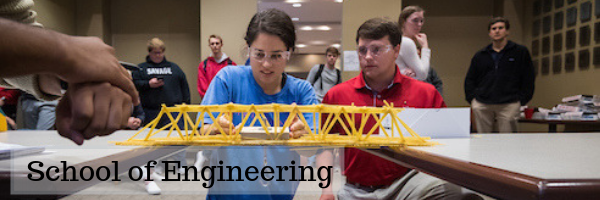
Faculty and Student Publications
Document Type
Article
Publication Date
12-4-2024
Abstract
Purpose: Cytoskeletal protein ensembles exhibit emergent mechanics where behavior in teams is not necessarily the sum of the components’ single molecule properties. In addition, filaments may act as force sensors that distribute feedback and influence motor protein behavior. To understand the design principles of such emergent mechanics, we developed an approach utilizing QCM-D to measure how actomyosin bundles respond mechanically to environmental variables that alter constituent myosin II motor behavior.
Methods: QCM-D is used for the first time to probe alterations in actin-myosin bundle viscoelasticity due to changes in skeletal myosin II concentration and motor nucleotide state. Actomyosin bundles were constructed on a gold QCM-D sensor using a microfluidic setup, and frequency and dissipation change measurements were recorded for each component addition to decipher which assay constituents lead to changes in bundle structural compliancy.
Results: Lowering myosin concentration is detected as lower shifts in frequency and dissipation, while the relative changes in frequency and dissipation shifts for both the first and second actin additions are relatively similar. Strikingly, buffer washes with different nucleotides (ATP vs. ADP) yielded unique signatures in frequency and dissipation shifts. As myosin II’s ADPbound state tightly binds actin filaments, we observe an increase in frequency and decrease in dissipation change, indicating a decrease in viscoelasticity, likely due to myosin’s increased affinity for actin, conversion from an active motor to a static crosslinker, and ability to recruit additional actin filaments from the surface, making an overall more rigid sensor coating. However, lowering the ADP concentration results in increased system compliancy, indicating that transient crosslinking and retaining a balance of motor activity perhaps results in a more cooperative and productive force generating system.
Conclusions: QCM-D can detect changes in actomyosin viscoelasticity due to molecular-level alterations, such as motor concentration and nucleotide state. These results provide support for actin’s role as a mechanical force-feedback sensor and demonstrate a new approach for deciphering the feedback mechanisms that drive emergent cytoskeletal ensemble crosstalk and intracellular mechanosensing. This approach can be adapted to investigate environmental influences on more complex cytoskeletal ensemble mechanics, including addition of other motors, crosslinkers, and filament types.
Relational Format
journal article
Recommended Citation
Kerivan, E. M., Amari, V. N., Weeks, W. B., Hardin, L. H., Tobin, L., Azzam, O. Y. A., & Reinemann, D. N. (2024). Deciphering mechanochemical influences of emergent actomyosin crosstalk using QCM-D. Cellular and Molecular Bioengineering, 18(1), 99–108. https://doi.org/10.1007/s12195-024-00835-w
DOI
10.1007/s12195-024-00835-w
Accessibility Status
Searchable text
Included in
Biomedical Engineering and Bioengineering Commons, Chemical Engineering Commons, Civil and Environmental Engineering Commons, Computer Engineering Commons, Electrical and Computer Engineering Commons, Geological Engineering Commons, Mechanical Engineering Commons

